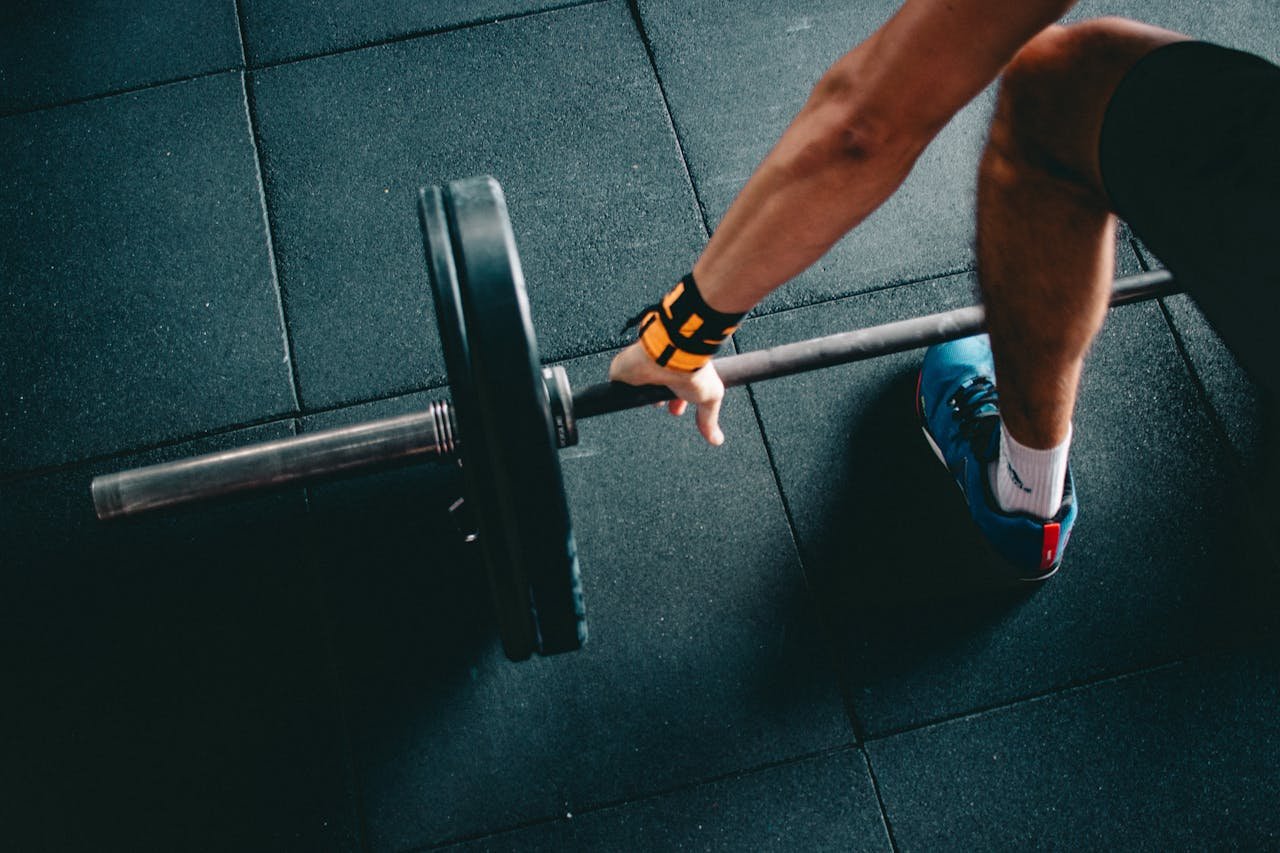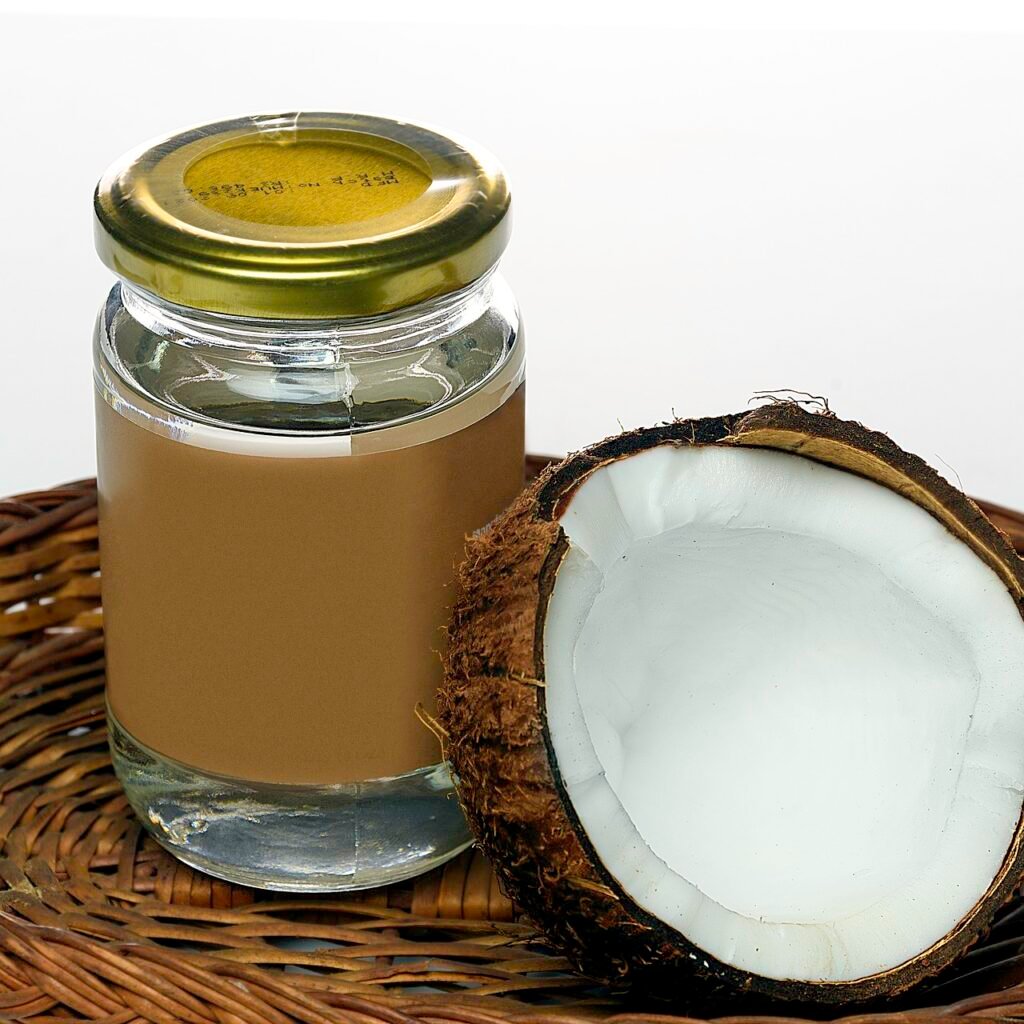Does working out increase testosterone? This is a question that countless men ask as they seek to improve their health, boost energy levels, and enhance overall well-being. With testosterone being a key hormone influencing muscle mass, energy, and even mood, it’s no wonder that understanding the connection between exercise and testosterone production is so important. In this post, we’ll explore the science behind how working out affects testosterone levels and which exercises are most effective for boosting this vital hormone.
The Connection Between Exercise and Testosterone
When it comes to understanding how exercise impacts testosterone, it’s essential to know that not all workouts are created equal. Studies have shown that certain types of exercise can indeed lead to a significant increase in testosterone levels. But how does this work?
Resistance Training and Testosterone
Resistance training, particularly weightlifting, has been consistently shown to increase testosterone levels. Exercises that engage large muscle groups, such as squats, deadlifts, and bench presses, are especially effective. The intensity and volume of the workout play crucial roles in testosterone production, with higher intensity and shorter rest periods leading to more significant hormone boosts.
Does Cardio Increase Testosterone?
While resistance training is a proven method to boost testosterone, not all types of exercise have the same effect. Cardiovascular exercise, such as running or cycling, does not have as profound an impact on testosterone levels. In fact, excessive cardio, particularly endurance activities, may actually lower testosterone due to increased cortisol levels—a stress hormone that can counteract testosterone production.
High-Intensity Interval Training (HIIT)
High-Intensity Interval Training (HIIT) strikes a balance between resistance training and cardio. This workout method involves short bursts of intense exercise followed by brief rest periods. HIIT has been shown to boost testosterone while also improving cardiovascular health, making it an efficient workout for those seeking multiple health benefits.
How Much Does Working Out Increase Testosterone?
While it’s clear that working out can increase testosterone, the actual impact varies from person to person. Factors such as age, fitness level, and even diet play a role in how much your testosterone levels will rise. However, studies suggest that regular resistance training can lead to a 15-30% increase in testosterone levels over time.
Does Working Out Increase Testosterone Immediately?
Interestingly, testosterone levels can spike immediately after intense exercise. This post-exercise increase typically lasts for about 30 minutes to an hour before returning to baseline. However, the cumulative effect of regular workouts over weeks and months is what leads to a more sustained increase in testosterone production.
Maximizing Testosterone Through Exercise
To maximize the testosterone-boosting effects of your workouts, consider these tips:
- Lift Heavy Weights: Focus on compound movements like squats, deadlifts, and bench presses.
- Keep Rest Periods Short: Aim for rest intervals of 60-90 seconds between sets to maintain workout intensity.
- Incorporate HIIT: Add HIIT sessions to your routine for an additional testosterone boost.
- Avoid Overtraining: Balance is key—too much exercise can lead to elevated cortisol levels, which may decrease testosterone.
Lifestyle Factors That Impact Testosterone
While exercise is a powerful tool for increasing testosterone, it’s only part of the equation. Your lifestyle choices play a significant role as well.
Diet and Nutrition
A diet rich in protein, healthy fats, and essential vitamins like vitamin D and zinc is crucial for maintaining optimal testosterone levels. Avoiding processed foods and excess sugar can also help in supporting your hormone health.
Sleep and Stress Management
Quality sleep is essential for hormone production. Studies have shown that poor sleep can significantly lower testosterone levels. Similarly, chronic stress leads to elevated cortisol, which negatively impacts testosterone.
Conclusion
So, does working out increase testosterone? Absolutely. Regular resistance training and HIIT workouts can effectively boost testosterone levels, leading to increased muscle mass, improved mood, and enhanced overall vitality. However, to truly optimize your hormone health, it’s crucial to combine exercise with a balanced diet, adequate sleep, and stress management.
By understanding the connection between exercise and testosterone, you can tailor your fitness routine to maximize your results. Remember, consistency is key—commit to a balanced workout plan, and you’ll not only see gains in the gym but also in your overall well-being.
Disclaimer: The information provided on this blog is for general informational purposes only and is not intended as medical advice. Always consult with a qualified healthcare professional before making any decisions regarding your health or starting any new treatments. The content here should not be used to diagnose, treat, or prevent any medical condition. Additionally, please note that this blog is reader-supported. If you click on an affiliate link or advertisement and make a purchase, we may receive a commission at no extra cost to you. This helps us maintain the site and continue providing valuable content.




